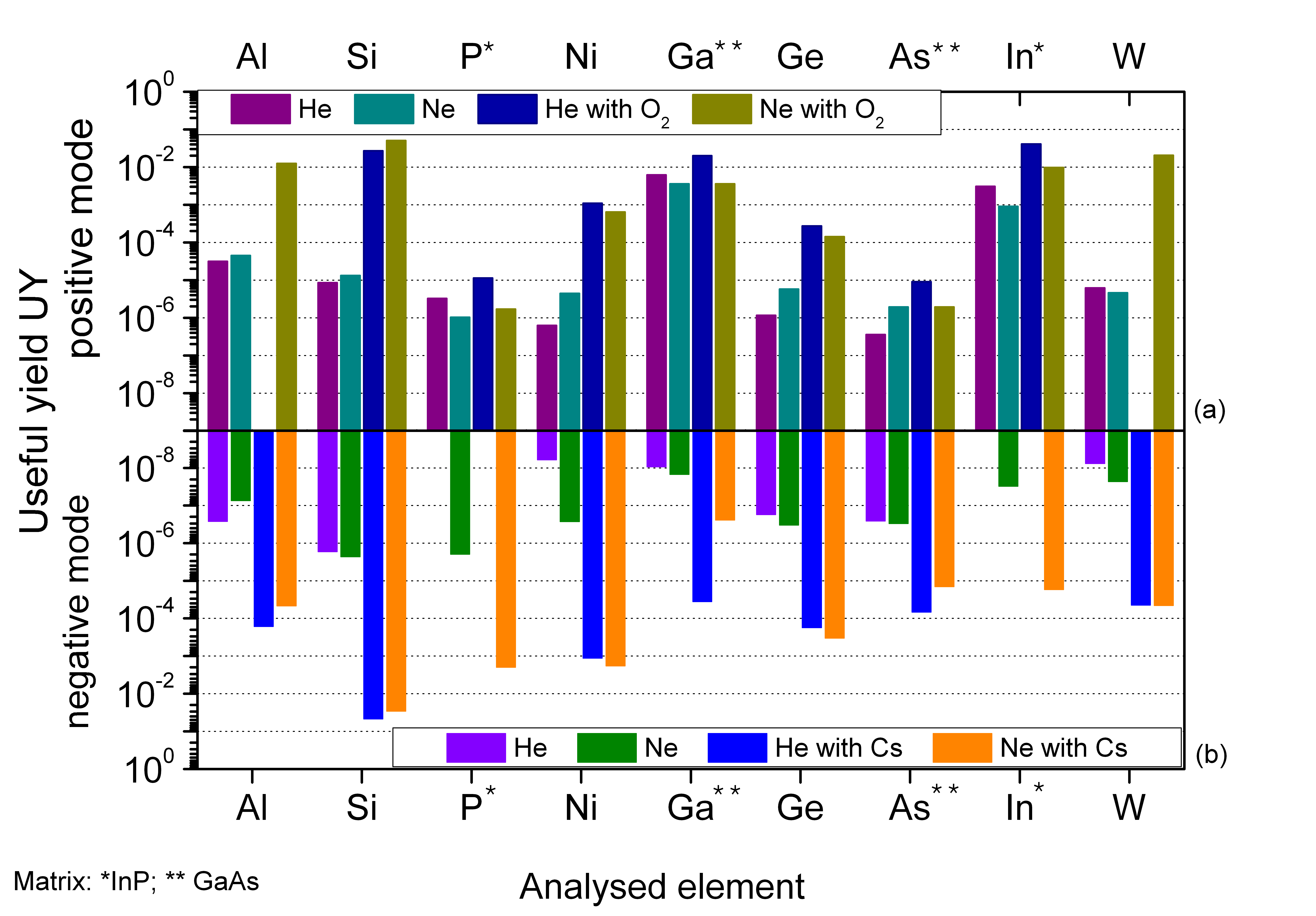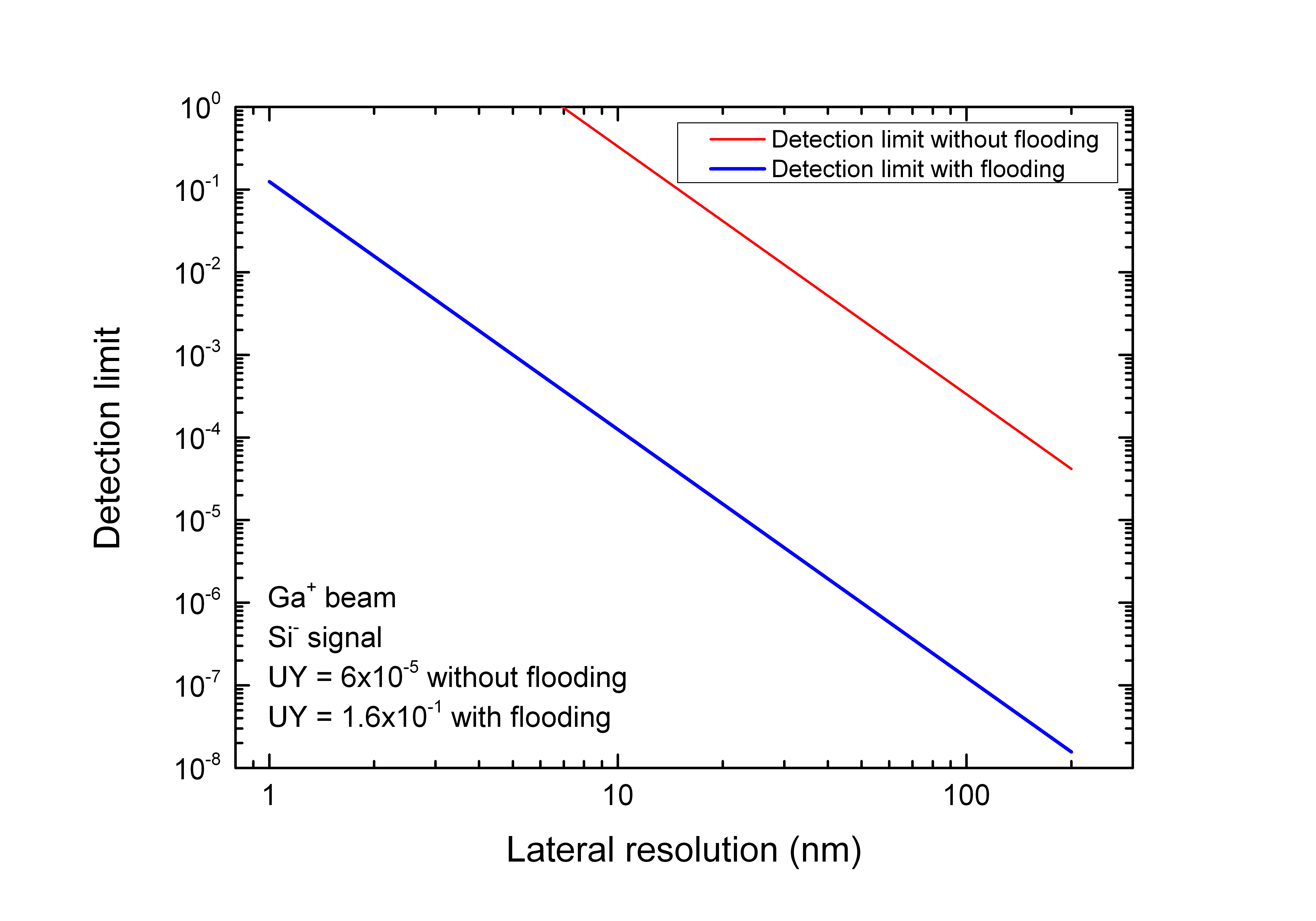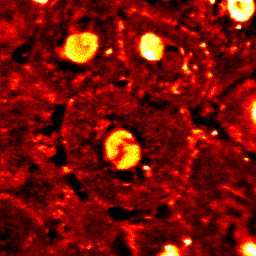IT-13-P-2055 Optimized Detection Limits in FIB-SIMS by Using Reactive Gas Flooding and High Performance Mass Spectrometers
FIB-based instruments play a crucial role in materials science and also in life science. While such FIB instrumentation is an ideal tool for high resolution imaging and nanofabrication, its analysis capability is currently limited. By contrast, Secondary Ion Mass Spectrometry (SIMS) is an extremely powerful technique for analyzing surfaces given its excellent sensitivity, high dynamic range, high mass resolution and ability to differentiate between isotopes. Adding SIMS capability to FIB instruments offers not just the prospect of obtaining SIMS information limited only by the size of the probe-sample interaction (~10nm) but also enables a direct correlation of such SIMS images with high resolution secondary electron images of the same zone taken at the same time (correlative microscopy).
Past attempts of performing SIMS on FIB instruments were rather unsuccessful due to unattractive detection limits, which were due to (i) low ionization yields of sputtered particles, (ii) extraction optics with limited extraction and collection efficiency of secondary ions and (iii) mass spectrometers having low duty cycles and/or low transmission. In order to overcome these limitations, we have investigated the use of reactive gas flooding during FIB-SIMS and we have developed compact high-performance magnetic sector mass spectrometers with dedicated high-efficiency extraction optics.
Our results show that the yields obtained with Ga+, He+ and Ne+ bombardment, which are intrinsically low compared to the ones found in conventional SIMS, may be drastically increased (up to 4 orders of magnitude) by using reactive gas flooding during analysis, namely O2 flooding for positive secondary ions and Cs flooding for negative secondary ions (Figure 1) [1-3]. The resulting detection limits vary from 10-3 to 10-6 for a lateral resolution between 10 nm and 100 nm (Figure 2).
The emitted secondary ions are extracted by dedicated optics which we have designed for several FIB-based instruments and injected into a specially designed compact high-performance magnetic sector double focusing mass spectrometer. The obtained extraction efficiency ranges from 40% to 100% while successfully avoiding any artefacts (broadening or distortion) regarding the primary ion beam. The specifications of the mass spectrometer include highest transmission (100%), high mass resolution (M/DM > 2000), full mass range (H-U) and parallel detection of several masses.
Here we will present the FIB-SIMS systems we have developed, give an overview of the obtained performances and present typical examples of applications.
References
[1] P. Philipp et al., Int. J. Mass. Spectrom. 253 (2006) 71
[2] T. Wirtz et al., Appl. Phys. Lett. 101 (2012) 041601
[3] L. Pillatsch et al., Appl. Surf. Sci. 282 (2013) 908


